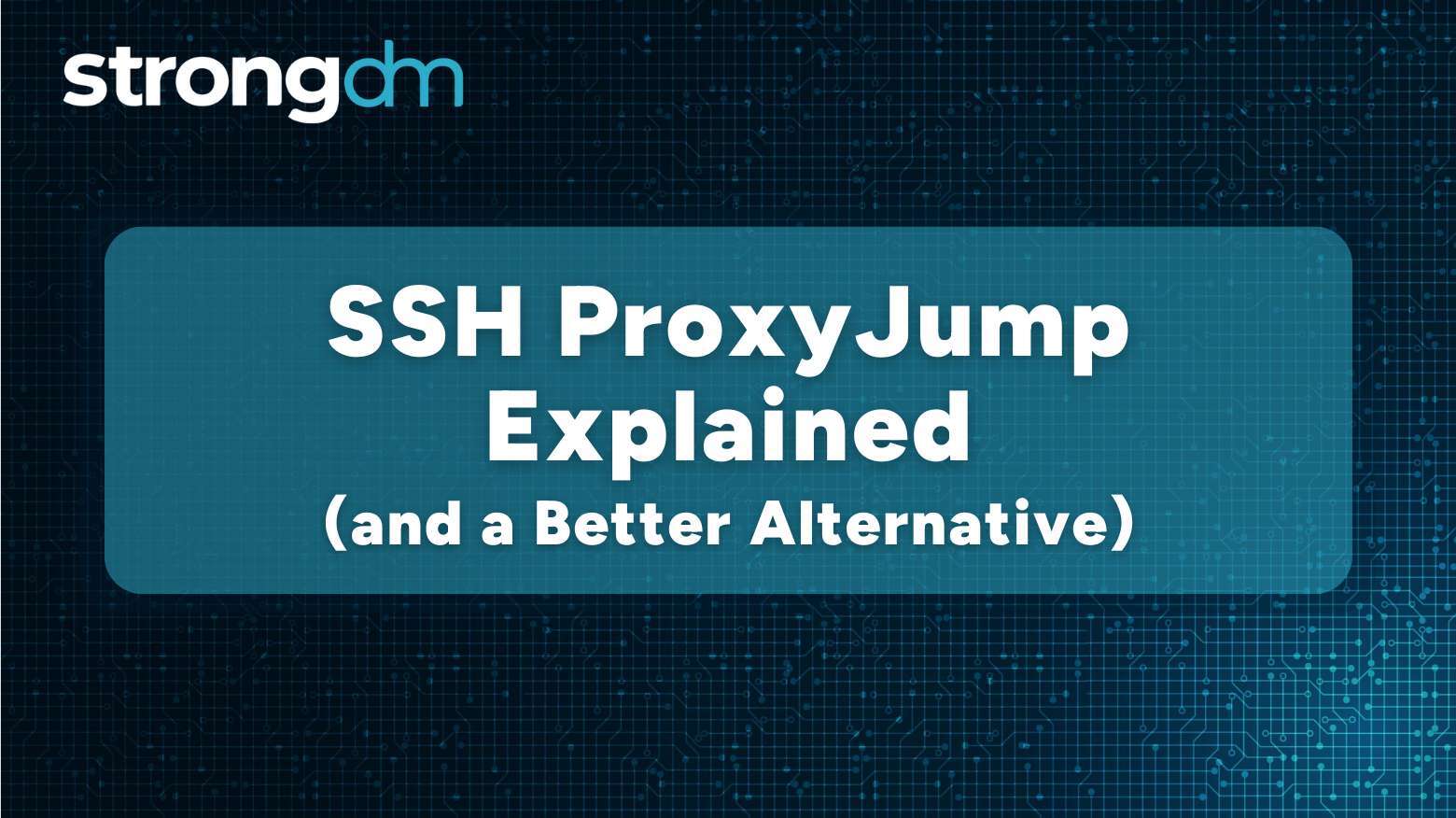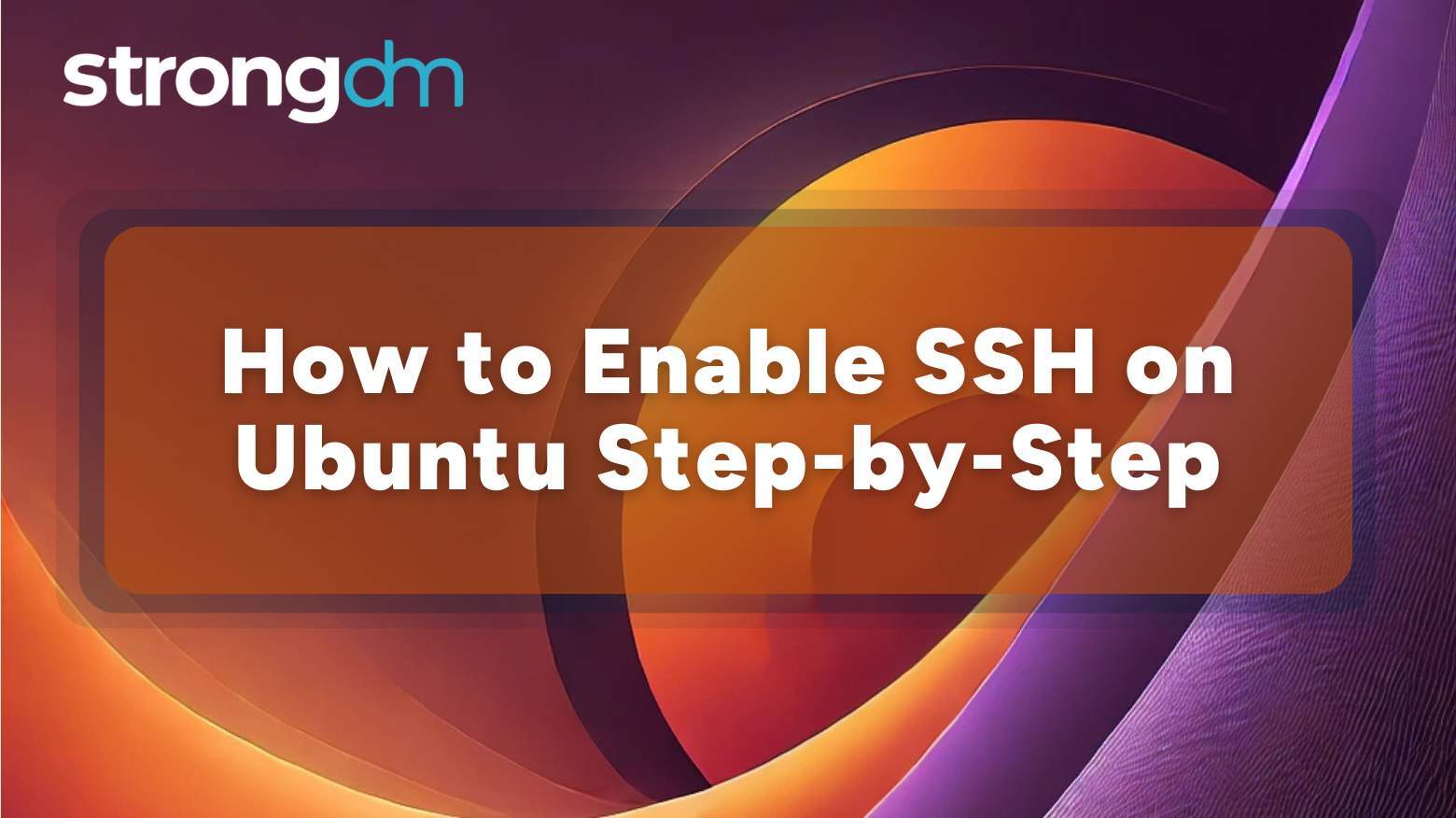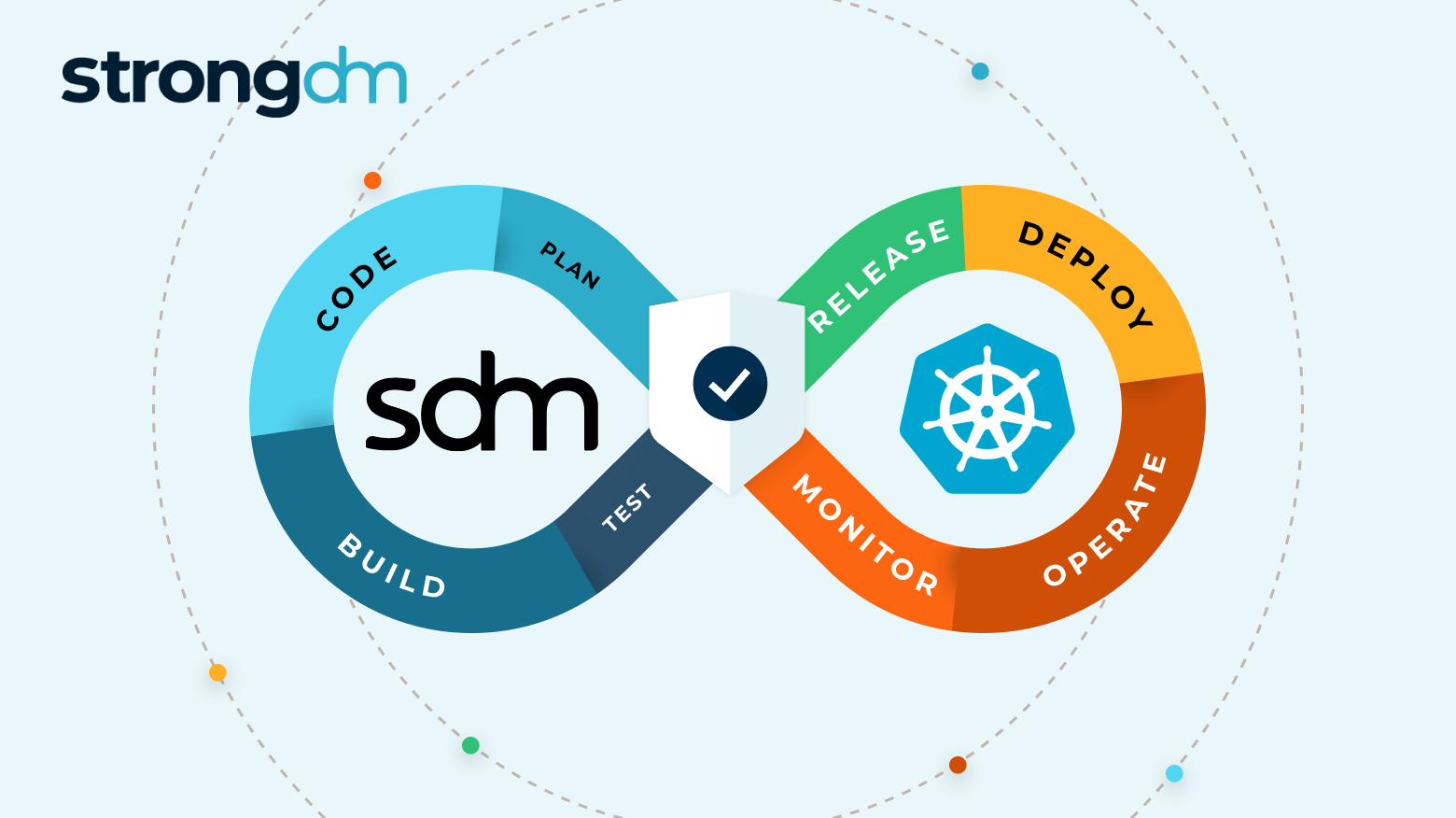DevSecOps means building secure software fast. But securing every layer of your stack, from code to containers to cloud infrastructure, takes more than patching vulnerabilities or running static scans. You need a coordinated toolkit.
Posts by Category:
- Security
- Access
- DevOps
- Privileged Access Management
- Auditing
- Zero Trust
- Compliance
- Policy
- Databases
- SOC 2
- Authentication
- Identity and Access Management
- Team
- Compare
- Engineering
- Integrations
- Product
- Kubernetes
- AWS
- Productivity
- Podcasts
- SSH
- Observability
- HIPAA
- ISO 27001
- Role-Based Access Control
- Dynamic Access Management
- Secure Access Service Edge
- Webinars
- Events
- NIST
- Onboarding
- Passwordless
- Offsites
- Platform
- PCI

SSH ProxyJump (the -J flag) is a more streamlined way to hop between SSH hosts using one or more bastion hosts. Instead of chaining multiple manual connections, ProxyJump creates a single end-to-end SSH session through the specified jump hosts. It was introduced in OpenSSH 7.5 to simplify access to servers that sit behind firewalls or live in private networks.

Kubernetes security is the practice of protecting containerized workloads and cluster components from unauthorized access, misconfigurations, and vulnerabilities. It involves securing the infrastructure, clusters, containers, and application code through layered controls like RBAC, network policies, image scanning, and runtime protection.

SSH is the backbone of remote access on Linux systems—and if you're running Ubuntu, enabling SSH is often one of the first things you'll do. But enabling it securely is what really matters. From installing OpenSSH and adjusting firewalls to enforcing key-based authentication and disabling root login, a secure setup takes more than just flipping a switch .This guide walks you through every step, plus how to make SSH access safer and simpler with centralized control, just-in-time access, and full

Linux file permissions control who can read, write, or execute files—crucial for system security. But with special bits, ACLs, and recursive commands, managing them can get tricky. This guide simplifies permissions and shows how to manage them safely with centralized access, audit logging, and role-based control—so you’re not stuck juggling chmod and chown alone.

Explore the top 7 secrets management tools, including StrongDM, HashiCorp Vault, AWS Secrets Manager, and Doppler. Discover secure, Zero Trust solutions that reduce secret sprawl, automate credential rotation, enforce least privilege, and integrate seamlessly with DevOps workflows.

Linux powers everything—from servers to IoT devices—and with that power comes a big responsibility: security. Linux security is all about protecting your systems from breaches, misconfigurations, and evolving threats without compromising performance. This guide explores everything from kernel-level protections to enterprise-grade defense strategies—and shows how to simplify Linux security by unifying access, enforcing Zero Trust, and replacing static credentials with identity-based access that

One of the most common and straightforward ways to list all groups in Linux systems is by leveraging the Linux "list groups" command. However, this isn’t the only way. There are several alternative methods, such as the "getent" command, the "/etc/group" file, and the "id" command. This guide will explore these methods in detail, so read on to get the full scoop.

Explore the best Kubernetes management tools, including StrongDM, Lens, Rancher, and Argo CD. Discover powerful solutions for cluster control, secure access, automation, observability, and cost optimization to streamline your Kubernetes infrastructure.

In this guide, you'll learn how to create, compress, and extract tar files—plus how to secure access to the systems and data inside them with centralized controls, real-time audit trails, and seamless permission management.

StrongDM’s Next-Gen Kubernetes provides secure, seamless access to Kubernetes clusters at scale. By eliminating standing privileges and enforcing Zero Trust security principles, StrongDM helps security teams maintain tight access controls without slowing down DevOps workflows.

Microservices make applications more scalable and resilient, and Kubernetes is the backbone that keeps them running smoothly. By orchestrating containers, handling service discovery, and automating scaling, Kubernetes simplifies microservices management—but it also introduces complexity. This guide covers key principles, deployment strategies, and security best practices to help you navigate microservices in Kubernetes. Plus, see a modern way of simplifying access and security, so your teams

Managing routine Linux tasks like backups and service restarts can be overwhelming. Cron jobs automate these processes, keeping your system running smoothly with minimal effort. This guide covers how to set up, use, and secure cron jobs for seamless automation.


